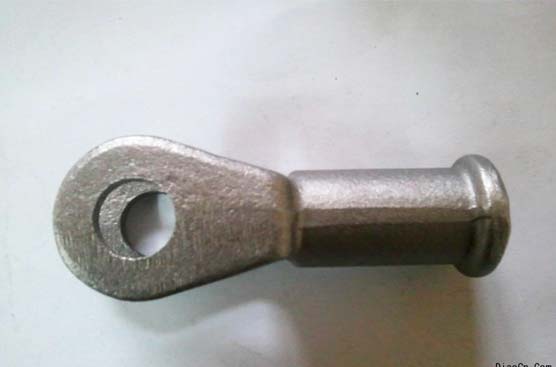- Contact Innally, Let you purchase forgings in China more favorable prices, products more assured!
- Hotline:+(86)15038323776 Email:innally@innally.com
What are the quality control and testing methods of wind power forgings?
- Category: Steel forgings, Wind power forging
- |
- Date: 27/10/2023
the quality control and testing methods of wind power forgings need to be comprehensively controlled from many aspects such as raw material selection, production process formulation, production process monitoring, and staff training, and at the same time, strict control of product quality is carried out in combination with a variety of testing methods.
Product Details
The quality control and testing methods of wind power forgings mainly include the following steps:
Quality control of forging:
In the production process of wind power forging, quality control is a very important part. Here are some common quality control measures:
(1) Reasonable development of forging process: according to the different forging material and shape, develop the corresponding forging process, including heating temperature, forging force, cooling speed and other parameters, to ensure the quality of forging stability.
(2) Strictly control the quality of raw materials: select raw materials that meet the standards, and conduct quality inspection on them, including chemical composition, mechanical properties and other indicators, to ensure that the quality of raw materials meets the requirements.
(3) Strengthen production process monitoring: in the forging process, real-time monitoring of key processes, such as heating temperature, forging force, cooling speed, etc., to ensure that the production process meets the process requirements.

(4) Pay attention to staff training and technical improvement: regularly carry out technical training for employees, improve their skills, and ensure operation standards and quality control in the production process.
Forging detection method:
For the quality detection of wind power forgings, the following are some commonly used detection methods:
(1) Size detection: The size of the forging is tested by measuring tools, including length, width, height and other parameters, to ensure that the size meets the design requirements.
(2) Surface quality detection: through visual observation or surface roughness meter and other equipment to detect the surface quality of the forging, such as whether there are cracks, folding, indentation and other defects.
(3) Internal quality testing: Through non-destructive testing methods such as ultrasonic detection, X-ray detection, etc., to detect the internal quality of forging, such as whether there are cracks, pores, inclusions and other defects.
(4) Mechanical properties testing: tensile, impact, hardness and other mechanical properties testing of forgings to test whether the strength, plasticity and hardness and other indicators meet the requirements.
In summary, the quality control and testing methods of wind power forgings need to be comprehensively controlled from many aspects such as raw material selection, production process formulation, production process monitoring, and staff training, and at the same time, strict control of product quality is carried out in combination with a variety of testing methods.
nannan
INNALLY website editing, to provide you with forging related information
Related Products
Search
Forging center
- Steel forgings
- Aluminium alloy forging
- Titanium alloy forging
- Stainless steel forging
- Copper forging
- Automotive forgings
- Locomotive forging
- Bicycle forgings
- Motorcycle forging
- Rigging and fasteners
- Bearing forging
- Electric power fittings
- Marine forging
- Mechanical forgings for metalworking
- Mining machinery forgings
- Marine engineering forgings
- Construction machinery forgings
Popular product

© 2025. All Rights Reserved.






